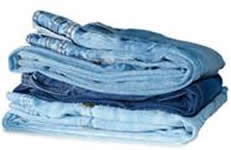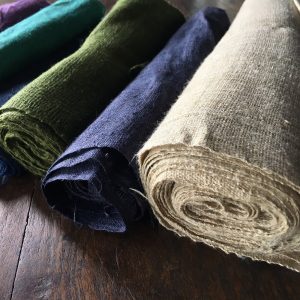The Detox Catwalk – Greenpeace launches a new type of fashion brand catwalk
The Detox catwalk
Greenpeace launched the Detox Catwalk, „an interactive online platform assessing the progress made by major clothing companies towards a toxic-free future“[1]
Greenpeace says “The Detox Catwalk assesses how committed companies have performed against key criteria; these include how they are working to eliminate known hazardous chemicals from their products and processes, and what steps they are taking towards full supply chain transparency.“

According to the Detox Catwalk,
DETOX LEADERS are Benetton, C&A, Coop Switzerland, Esprit, Fast Retailing (Uniqlo), G-Star Raw, H&M, Inditex (Zara), Levi Strauss, Limited Brands (Victoria’s Secret), Mango, Marks & Spencer, Puma and Valentino.
DETOX GREENWASHERS are adidas, Li-Ning and Nike.
DETOX LAGGARDS are Giorgio Armani, Bestseller, Only the Brave, Gap, Metersbonwe, PVH Group (Calving Klein, Tommy Hilfiger) and Vancl.
The following table shows the rating in the Detox catwalk and some of the key criteria which caused the ranking. The list includes ZDHC brands (* indicates founding member of ZDHC) and non members as well. ZDHC was formed as a response to the Greenpeace Detox campaign in 2011.
While looking at the table, commitment to transparency and disclosure of discharge data to a global online platform was a main criteria to be in the leaders camp. But it is also clear that within the leaders, some brands have given even further commitments, such as Marks & Spencer and H&M.
To read the full article, please login. The full content of this article and all premium articles is available exclusively for site members.
Site membership is free. If you are an existing user, please login. New users may register below.



